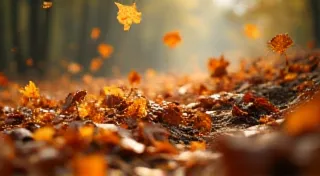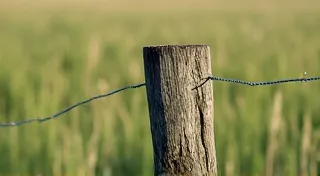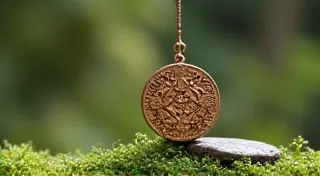The Emerald Labyrinth: Fairy Rings and the Loss of Innocence
The air hangs thick with the scent of damp earth and decaying leaves. A chill, sharper than the autumnal air should dictate, prickles my skin as I step closer. Before me, a perfect circle. Not perfectly symmetrical, perhaps, but undeniably circular, a verdant island rising from the surrounding brown. A fairy ring. I’m not a folklorist by trade; I'm a restorer of antique accordions. But the connection, I've come to realize, is deeper than mere coincidence. Both objects—the forgotten accordion, the silent fairy ring—speak of a loss. A fading of something precious, a transition from naive joy to a more complicated understanding.
For centuries, humans have ascribed extraordinary meaning to these circles of mushrooms, *Marasmius oreades* being the most common culprit. In some cultures, they were portals to the fairy realm, dancing grounds for otherworldly beings. Others viewed them with fear, believing that to enter one was to be trapped, lost forever to the capricious whims of the fey. Our modern scientific understanding explains them as a result of fungal mycelia spreading outwards in all directions – a natural phenomenon. But to dismiss the folklore entirely is to ignore a profound human need to find meaning in the unexplained, to weave narratives around the mysteries of the natural world. And, crucially, to ignore the persistent echoes of those anxieties and hopes.
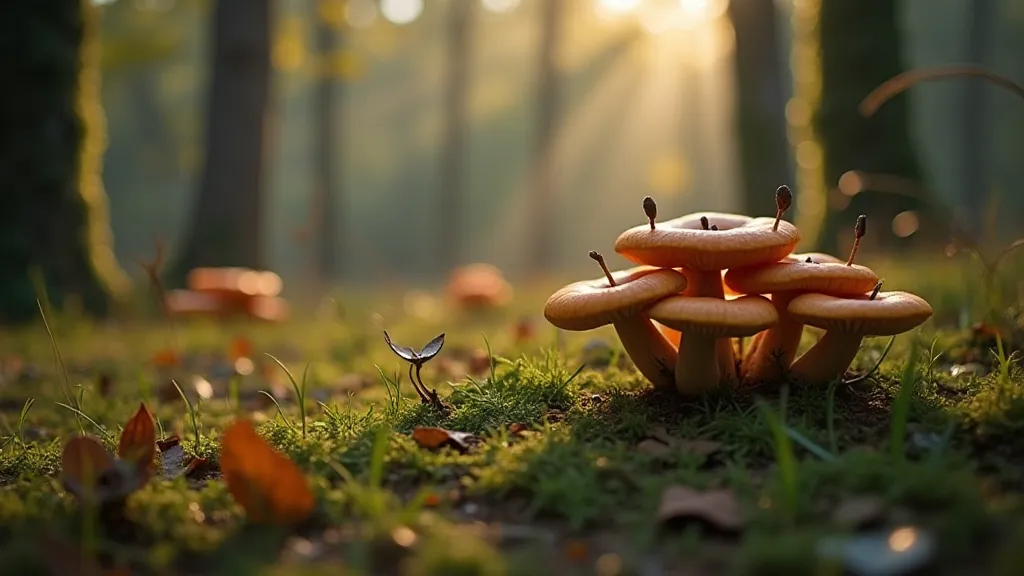
The Music of Lost Joy: Accordions and Fairy Rings
My fascination with antique accordions began in childhood. My grandfather, a baker with hands as strong as oak branches, played a battered Hohner Excelsior. The music wasn’t particularly complex – polkas, waltzes, old sea shanties. But it filled the house with a warmth, a feeling of uncomplicated joy. It felt like stepping into a memory, a time when worries seemed smaller, possibilities endless. The accordion, now silent, sits in my workshop, its bellows cracked, its keys yellowed. Each imperfection tells a story of use, of a life lived. It reminds me that even joy fades, that everything changes.
The connection to fairy rings arose unexpectedly. While researching the history of a particularly beautiful (and desperately needing restoration) Belgian Muses accordion from the 1920s, I stumbled upon a collection of rural folk tales. Several recounted the dangers associated with entering fairy rings, often presented as warnings against straying from the known, the safe. The image resonated – that same sense of loss, the potential for irreversible change, present in both the silent accordion and the folklore surrounding these mysterious circles.
Restoring an antique accordion is not merely a matter of replacing worn parts. It’s about uncovering the history embedded within its construction. You feel the craftsman’s skill in the carefully shaped keys, the precision of the reed blocks, the quality of the wood. You imagine the hands that built it, the ears that listened to its music, the heart that poured its passion into its creation. Similarly, the folklore of fairy rings isn't simply about superstition; it's a window into the anxieties and hopes of generations who lived in closer communion with the natural world.
Crossing the Threshold: The Loss of Innocence
In many regional variations, entering a fairy ring signifies more than mere entrapment. It’s a descent. A fall from grace. A passage into a realm where the rules are different, where illusions abound. The innocence of childhood, the unquestioning faith in the goodness of the world, begins to erode. You confront the shadows, the ambiguities, the inherent unfairness that exists just beyond the comforting glow of familiarity.
Think of the Cornish legends, where children who dared to dance with the fairies in the rings were forever changed, becoming pale reflections of their former selves, trapped between worlds. Or the Irish tales, where entering a ring could lead to witnessing events from the distant past or even glimpses into the future – overwhelming experiences for a naive mind. These weren’t cautionary tales meant to instill blind fear, but rather attempts to prepare the young for the inevitable challenges of adulthood.
There’s a parallel here with the realization that the beloved accordion, once a source of boundless joy, is fragile, susceptible to damage, destined for eventual decay. The initial delight fades, replaced by a sense of responsibility, a need to protect, to preserve. The carefree joy of childhood transforms into a more mature appreciation, tinged with melancholy. You understand that nothing lasts forever.
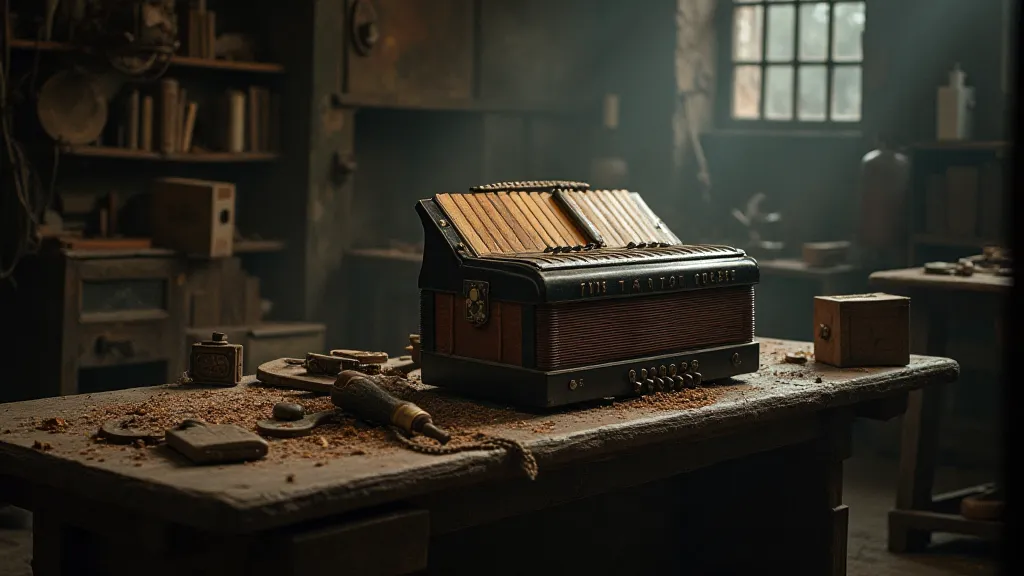
Regional Variations: Whispers of Ancient Beliefs
The specific details of fairy ring folklore vary significantly across different regions. In Germany, they were often associated with witches' gatherings. In Scandinavia, they were considered the work of hidden folk who could lead travelers astray. The Slavic traditions depicted them as pathways to the underworld. These variations reflect the unique cultural landscape and the anxieties of the people who lived within them. They're not just stories; they're living testaments to a deeply rooted connection with the natural world and the mysteries it holds.
One intriguing account I found in a collection of Welsh folklore described a practice of scattering iron filings around fairy rings to ward off their influence. Iron, long associated with protection against the supernatural, acted as a barrier against the fairy realm's allure. This highlights the pervasive fear, but also the ingenuity and resilience of those who sought to navigate a world teeming with unseen forces.
Interestingly, the meticulous craftsmanship of many antique accordions – the intricate carvings, the carefully tuned reeds – seems to echo the respect and reverence held for the natural world. As if the human hand, striving for perfection, sought to emulate the inherent beauty and order found in the forest, in the fields, and, yes, even in the enigmatic circle of a fairy ring.
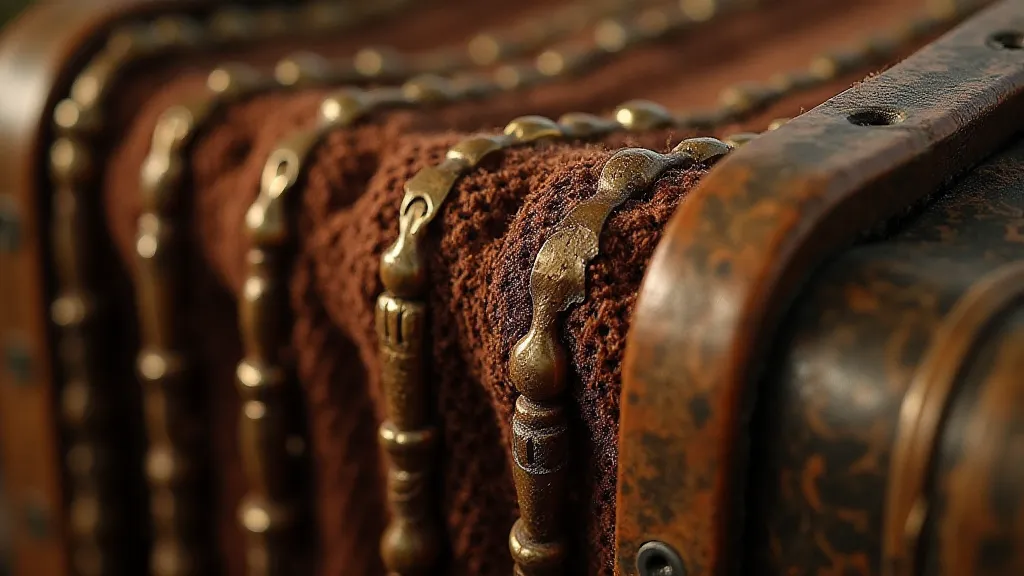
The Enduring Mystery
Perhaps the enduring fascination with fairy rings isn't about understanding them scientifically, but about acknowledging their power to evoke a sense of wonder, a recognition of the boundaries between the known and the unknown. The loss of innocence isn’t a tragedy; it's an inevitable part of growth. It’s the price we pay for understanding the complexities of the world, for confronting the shadows that lie beneath the surface. The silent fairy ring, like the silent accordion, serves as a poignant reminder of that journey, a testament to the enduring mysteries that surround us.



